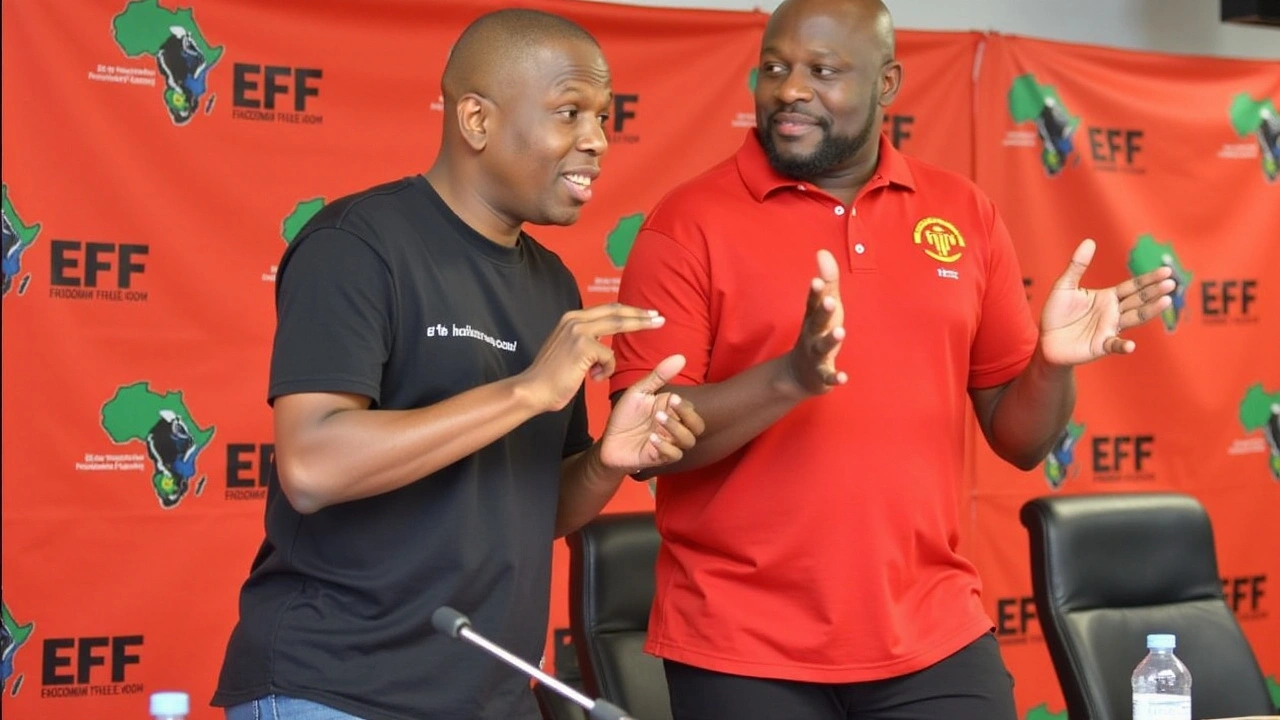Understanding uMkhonto we Sizwe: South Africa's Armed Fight for Freedom
If you've heard the name uMkhonto we Sizwe, or MK, but aren't quite sure what it means, you’re in the right place. This was the military wing of the African National Congress (ANC) during the apartheid era in South Africa. Formed in 1961, MK played a significant role in the struggle against the oppressive apartheid regime.
The name itself means 'Spear of the Nation,' which reflects its purpose: to fight against racial injustice and inequality by armed resistance. Unlike peaceful protests, MK believed that armed action was necessary to shake up the status quo and challenge the government’s brutal policies.
Why was uMkhonto we Sizwe created?
The ANC had tried nonviolent protests and political negotiations, but after the Sharpeville Massacre in 1960, things changed dramatically. When police opened fire on peaceful protesters, killing many, it became clear peaceful means alone weren’t enough. That's when leaders like Nelson Mandela helped found MK as a way to push back more forcefully.
MK focused on sabotage of government installations, aimed at minimizing loss of life while showing the regime that apartheid wouldn’t go unchallenged. It wasn’t about random violence, but rather strategic operations designed to dismantle the system denying basic rights to the majority of South Africans.
What impact did MK have on South Africa’s liberation?
Over the years, MK operations became a symbol of defiance, inspiring many both inside and outside South Africa. Its fighters received training abroad, and despite harsh crackdowns, the movement kept the spirit of resistance alive. This contributed to raising international awareness and support, which pressured the apartheid government.
When apartheid finally ended in the early 1990s, MK was disbanded and integrated into the new South African National Defence Force, marking a shift from armed struggle to peaceful governance. Today, MK’s legacy lives on, reminding us of the sacrifices made for freedom and equality.
For anyone interested in South African history, understanding uMkhonto we Sizwe is key to grasping how the fight against apartheid moved beyond protests into armed resistance, which eventually helped bring down one of the most notorious regimes of the 20th century.





